The Definitive Guide to Magento Testing
Harish Rajora
Posted On: September 23, 2022
![]() 91022 Views
91022 Views
![]() 18 Min Read
18 Min Read
Thinking about selling something over the Internet could be today’s most common “online” idea. When I talk about eCommerce platforms, surprisingly, I am talking about platforms in the range of 12 to 24 million. As of 2022, 3.9 million are in the United States. Just to compare, if you are living in the US and see a lot of Walmart stores, there are just around 4,600 of them in all fifty states. Honestly, I do think that eCommerce has a superpower that cannot be ignored, especially in this post-covid “internet shopping” era.
As a business owner who is thinking of starting your eCommerce store, this number might seem frightening, but the reality is, well, not so much. Even though we have 3.9 million websites floating on the Internet desperate to sell you their offerings, only less than 1 million can generate more than $1000 per year! And the number just keeps on decreasing as you increase the revenue scale. With such a low chance of making your name in the market, the website’s poor quality should never be added to the reason for failure. After all, this factor is entirely in our hands, and with just a little guidance, we can provide a bug-free Magento website with complete Magento testing. This is what our blog is all about! Let’s dive in!
TABLE OF CONTENTS
What is Magento?
Magento, in technical terms, is a CMS for eCommerce systems. Simply, it lets you build a website and not interfere too much with your thinking. This means that even though you make the foundation of Magento testing, you are free to customize, develop, and evolve your eCommerce application exactly how you want.
The flexibility and openness of Magento testing have helped it achieve tremendous growth over the past years. More than 750,000 online stores are built on Magento in the eCommerce world. However, only around 200,000 are currently live.
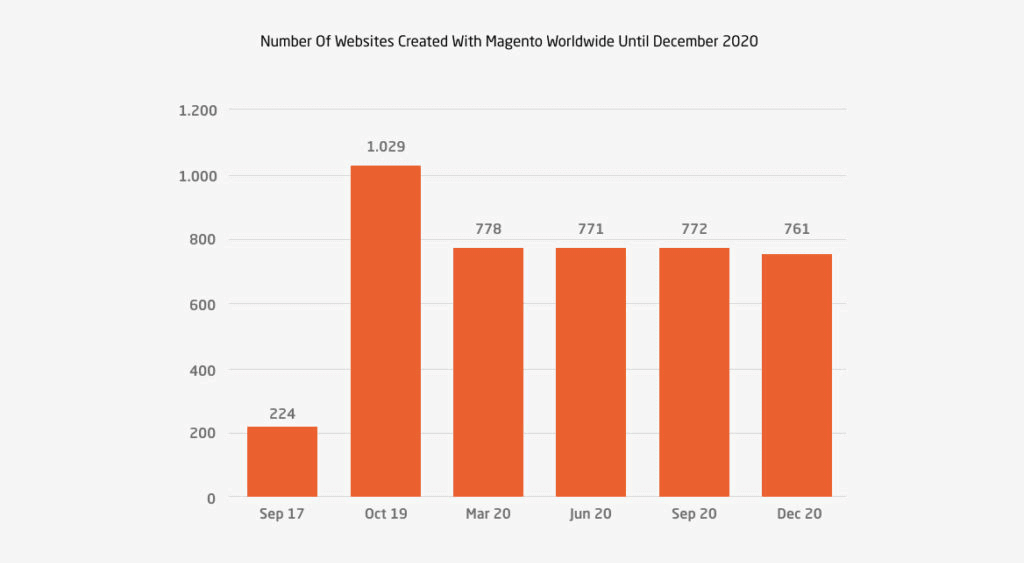
This has resulted in a sale value of $155 billion from these stores up until 2019. On the other side, Magento testing has also caught many businesses’ eyes, leading to multiple acquisitions. Released in 2007, Magento already had an investment of 49% of ownership from eBay. A year later, eBay ultimately acquired it, showing how valuable Magento has been to its users. In 2018, Adobe acquired the platform by signing a $1.68 billion deal. Today, it proudly showcases its acquisition on its website by changing its “official name.”

With this brief introduction, I believe Magento has proved to be a sustainable product in the market that is still going strong after 15 years of its initial release. For developers and business owners thinking of building their web applications using Magento, it does bring out benefits that are hard to ignore.
Why use Magento?
In the last section, we witnessed the current status of Magento and its popularity among developers. This is attributed to strong strengths and offerings that cannot be ignored. A few of the most popular among them are listed below.
Open-source and Free
Open-source software under your belt are almost always attractive for developers and users. “Software for the people and by the people” is a philosophy many are shifting towards. In addition to being able to customize and download the code of the software, open source software are also free to use. Although sometimes, there is a bit of a twist in this.
While free software is an attractive deal, on the other side, businesses have to earn money too. Acquiring software for billions of dollars needs a ‘Return On Investment’ (ROI) and is the reason that companies often provide different packages to the user as a “win-win” deal. Magento lies in the same category. While Magento is free to use, it comes with an advanced, feature-packed premium version which can only be purchased through the official website. So, if you wish to learn Magento and start a web app as an experience, you can do that for free. Later, you can switch to the premium version.
Test your Magento-based websites across 3000+ desktop and mobile browsers. Try LambdaTest Now!
Perfect for eCommerce
Choosing an option to build up your eCommerce solution might require you to write down a “pros and cons” list to make development and management as easy as possible. Magento crosses all the checks in this regard and ships with every little feature required in eCommerce.
For instance, Magento comes with the following:
A catalog manager:

A payment system:
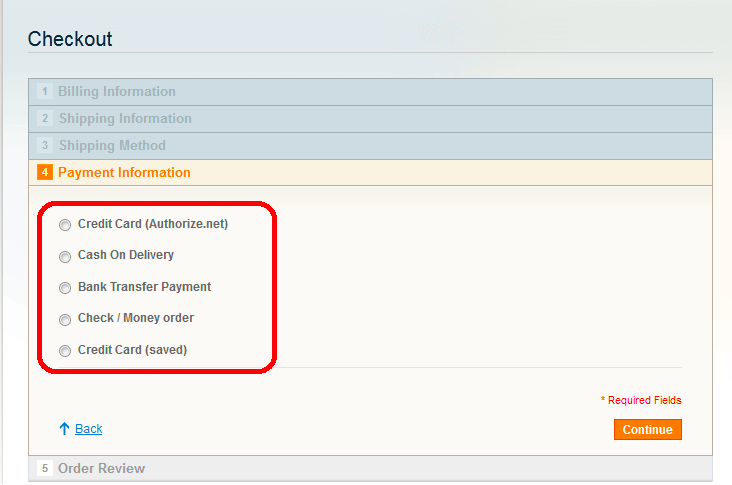
An analytics manager:

And much more like order management, internationalization, controlling SEOs, etc.
You can also install additional plugins to enhance the base functionality according to your needs. In the below image, Akeneo is integrated with Magento for better order management:
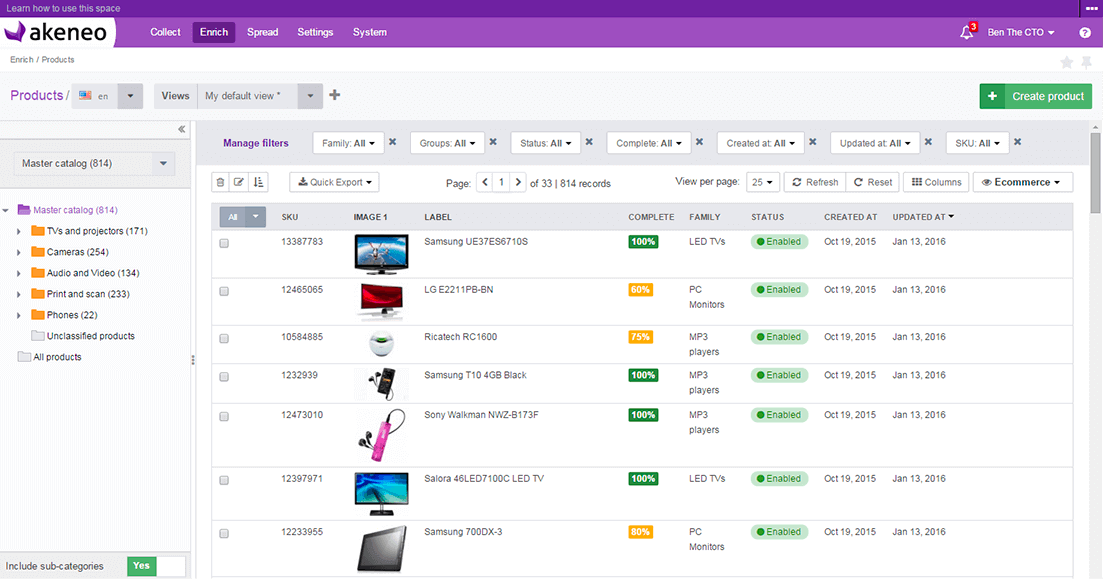
You can explore more of its eCommerce-specific features on the official website.
Highly scalable
Once your eCommerce business has taken off in the market, it will have to scale to add more products (sometimes in millions), hold more requests, and host more customers. Generally, this phase will require a series of changes in the infrastructure and algorithms working behind the scenes. The more load your server encounters, the slower your website becomes.
Magento is a highly scalable tool in every aspect of eCommerce. With good indexing algorithms and a scalable database attached, Magento’s latest version can process 135k more orders per hour than before. This is as scalable as an eCommerce solution can get.

Mobile and SEO friendly
A lot of the time, you would have seen advertisements for products (considering you shop online and they are saved in cookies) on platforms such as Facebook. Once you click on them, they take you directly to the website where the product is sold. This is where your website’s flexibility towards screen size will be tested. A mobile-friendly website should be the highest priority considering 6.64 billion mobile users. The shopping trends have also been consistent with these numbers. On Black Friday 2021, one-third of purchases were made through smartphones which shows that not keeping our website mobile-friendly can incur huge losses for the business.
Another important part that plays a vital role outside of your business strategies is search engine optimization. The concept of SEO is to keep your website as much in front of indexing as possible. This is also as competitive as it sounds. Google reveals that around 91% of traffic comes from the first page of the search.
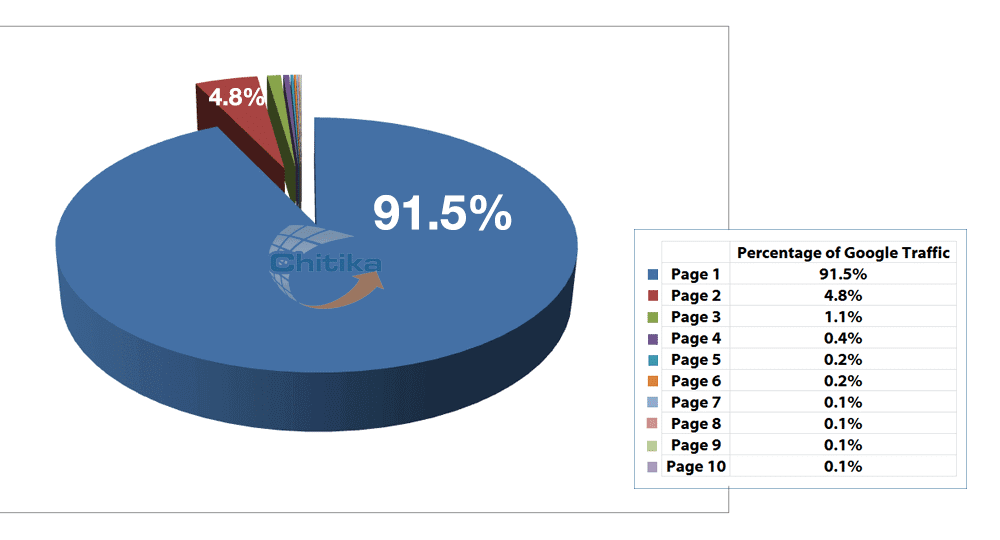
This component is crucial for producing business revenues because people search for the product rather than remembering the website.
Thankfully, Magento testing comes equipped with both of these features. If your eCommerce application is built on the Magento testing platform, it is automatically mobile-friendly, responsive, and SEO-friendly. Therefore, you save a lot of time and money with Magento.
Large community
A freebie that tags along with open-source software is the community. The more a platform is used or developed through open-source, the more discussions you will encounter on community channels. Magento’s code has been downloaded 2.5 million times and has been used to host 700k websites. As a result, Magento’s community has thrived over the years.
In an excellent post titled “How will Adobe shape the community experience after the Magento eCommerce acquisition?”, Tomasz Karwatka talks about how 315,000 developers are connected to Magento testing and how it will affect its future. This gives us insight into the development and support community that helps us resolve our queries. You can also find many books written on Magento testing on popular eCommerce websites like Amazon.
Magento testing offers a lot more features than the popular ones discussed here. Integrating third-party software and controlling advertisements on eCommerce are just a few.
Magento vs. Shopify vs. WordPress
Focusing on the technologies that help build a website, we chose Shopify and WordPress as they are the popular choice. Reading about the same concept now with Magento, you might feel that it is similar to Shopify and WordPress, and therefore you may not feel the need to use it in the future, considering you already locked down one of the two for your project. But despite being perceived as one of those, Magento testing is much more powerful and different in its core functioning. Since WordPress and Shopify are also different in themselves, let’s take them one by one and compare them with Magento.
Magento vs. Shopify
Shopify and Magento closely resemble each other; in theory, it might look like they are competitors. But working on each of them helps us explore areas that define lucid boundaries and removes our dilemma of choosing one of them without confusion.
Firstly, the resemblance between Magento and Shopify occurs because both help us build an eCommerce platform and host on the Internet. Although Shopify can provide its hosting services, Magento does not do that.
Nevertheless, they do act as a starting point. The clear distinction in both occurs when we need to customize the application according to ourselves.
Magento is a foundational content management system for the eCommerce setup. It does provide you with skeleton support, but it is all about how you code your website and bring it as close to your imagination or web designer’s print. This can only be achieved if you are a web developer with similar skill-sets (full stack) or hire one to do this work.
On the other hand, Shopify is a simple, theme-installable, drag-and-drop system that combines ready-to-install components to make a web application. So, you might be able to complete and start your website reasonably quickly than Magento, but it might not be developed as you thought it would be. If you find a theme that relates to your designs, it’s excellent. Otherwise, you would have to compromise with this.
So, in conclusion, Shopify is not flexible but extremely simple. Magento is flexible but not simple.
Magento vs. WordPress
A similar structural difference can also be chalked to WordPress, as we did in the previous section. Whatever stands true to Shopify will probably stand true to WordPress. The only difference is that WordPress is extremely vast and does not bias the type of web application the developer is looking for. If you need a blog-related website, you can develop that using WordPress. If you need an eCommerce, you can do that too. It is just a matter of the plugins and themes you aim for.
Shopify, on the other hand, as its name suggests, is focused on shopping-related web applications. So when it comes to WordPress and Magento for developing an eCommerce website, you might face a steeper learning curve for Magento. But as I mentioned in the previous section, the flexibility you achieve with Magento would easily substitute for this demerit.
Organizations using Magento
Magento is known to be scalable and a preferred choice for eCommerce solutions for big businesses. This is also clearly seen when we realize how many big firms have already adopted Magento and taking advantage of its capabilities. Three are listed below:
- Ford – The automobile manufacturer
- Coca-Cola – The soft drink manufacturer
- Nike – Shoes and sport-related product manufacturer

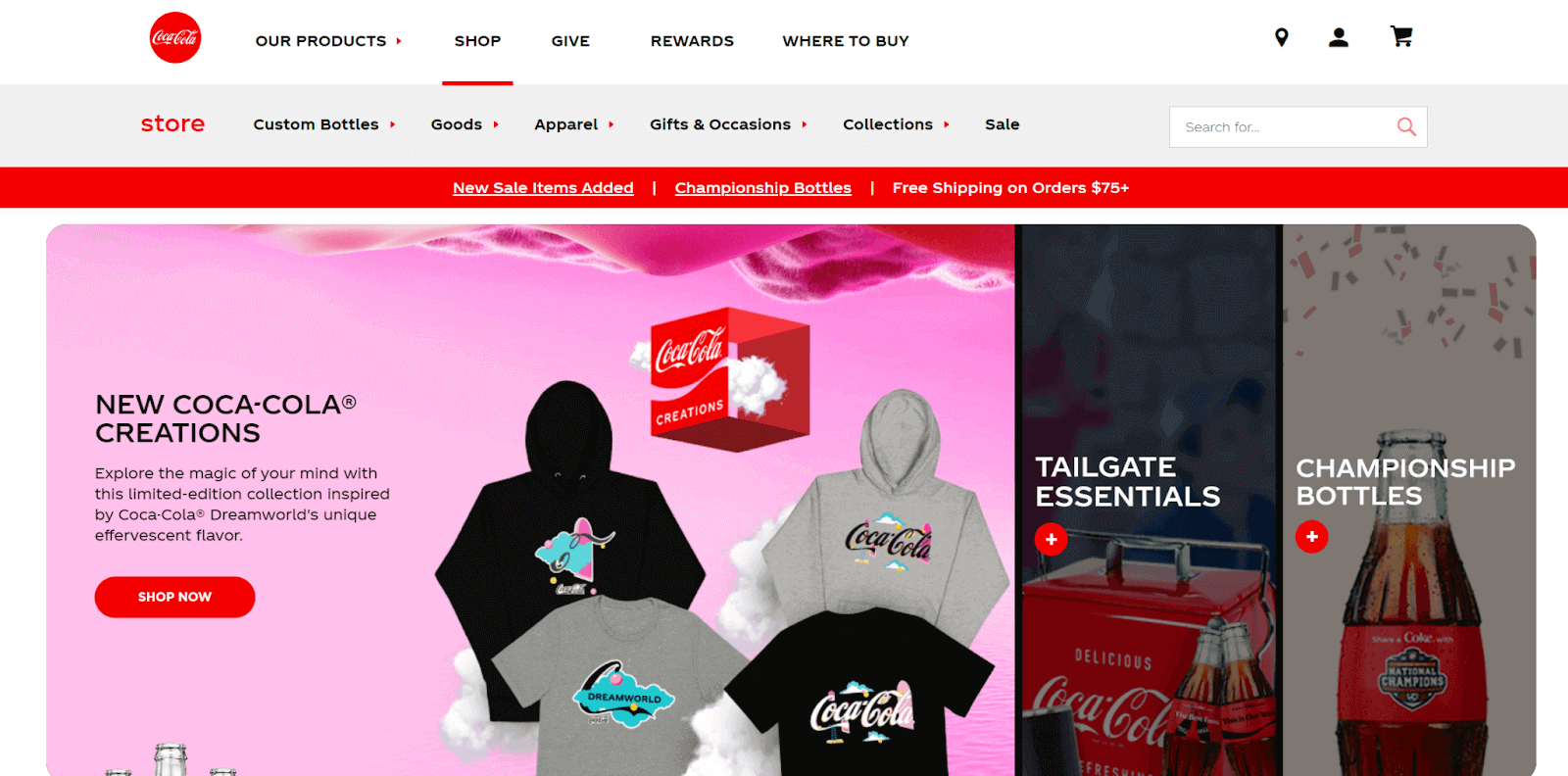

Functional testing and its brief overview
If you are into software testing or anywhere associated with the field, you might have seen that employees generally do not refer to a process as “testing” but the type of testing it is. For instance, once you push the code to the CI pipeline, you will see the Unit Testing stage that can check the quality of the software as individual units. Or you might know a stage such as acceptance testing, etc.
Similarly, we have functional testing as part of the overall testing process. Functional testing of a web application, also popularly termed web app functional testing, is the process through which we verify the application’s functionalities and whether they align with our requirements. These requirements can be technical, logical, or even on the business side. It depends on the test case and the aim of functional testing. For instance, numbers cannot be a part of a person’s name. Hence we can create a function that provides such input and verify this particular requirement in the pipeline or before that.
Web application functional testing is black-box in nature. This means we feed the inputs and assert them with the expected outputs to test the behavior. It can either be performed manually or through automation.
Why is functional testing a must for Magento applications?
There are a lot of testing methods that are applied to an application before releasing to the end-user. In this post, we picked up specifically functional testing because of the domain in which Magento applications work.
Magento testing can be considered a union of various components that make a website together. For example, structuring and restructuring the catalog is one component. Payment processing and keeping records is one thing. One component displays the products and their sizes (the same size should be available). These components are responsible for each function they perform; therefore, functional testing becomes highly important here.
With that being one of the sides, it is also true that once you are done, you will get a complete web application that can be big and complex. Therefore, if you have the budget and workforce, it is recommended to focus on other testing parts.
How to perform Magento testing?
Alright! Now that we know what Magento is, its importance, and how functional testing connects it, we can check out a couple of methods to perform Magento testing.
Magento functional testing framework (MFTF)
Magento functional testing framework, or simply MFTF, is a framework that helps in achieving the functional testing for Magento-based web applications. Since Magento is specific to eCommerce, the functional test cases will resemble any two Magento testing projects. Therefore, MFTF comes with effective test cases that can be run on our application on the local server. For instance, whether the login credentials for Admin are working, etc.
MFTF saves a lot of time for the organization as their tests are written by the expert community and can help us explore many areas with minimum effort. You can also create your tests in it and analyze all your suite runs with the built-in reporting module’s help.
To start with MFTF, you need to follow these steps:
Step 1: Install the following if it’s not already on your system:
- Php
- Magento
- Selenium Server.
- Java
- Composer
- Browser drivers for cross browser testing.
All the above software is just a Google search away. Once all these are set up.
Step 2: Download and install MFTF from the command line:
composer install -d dev/tests/acceptance/
Step 3: Build your project for testing with the following command:
vendor/bin/mftf build:project
This has to be done inside the Magento project root directory.
Step 4: Set the following environment variables in the .env file located in
dev/tests/acceptance/.env
- MAGENTO_BASE_URL
- MAGENTO_BACKEND_NAME
- MAGENTO_ADMIN_USERNAME
- MAGENTO_ADMIN_PASSWORD
Now we can run our tests using the Magento Functional Testing Framework. Since it takes help from Selenium, we need the server running at that time. You can do that on a new instance of the terminal.
Step 5: Run this command to execute test cases:
vendor/bin/codecept run functional
It will run all the tests on the build you just created above. Once it is done, the report is generated in the terminal. You need to install and integrate a third-party tool to visualize those reports.
Magento testing using LambdaTest
If you observe the process of MFTF closely, you’ll notice that it is not an optimum or efficient solution when it comes to the functional testing of a Magento website. There are two major issues with the previous approach:
- Installations of the software.
- Using local system.
Installations of the software raises a problem because we may not be able to cope with newer version releases of each software, including the browser driver that releases very frequently.
Using a local system is a risky job and is never recommended for web testing. It has limited memory and processing capabilities, so you may be unable to get accurate metrics for your tests. Secondly, you might have to go through a very rigorous and time-consuming exercise of installing and re-installing all the browsers and their versions. This time can be utilized in other work and wrap things much faster.
A better-proposed solution is through an online cross browser testing platform such as LambdaTest. It allows you to test your website and provides an online browser farm of more than 3000+ browsers, devices, and OS combinations. LambdaTest provides you with not only all the browsers (and their versions) but also integrations with Selenium and PHP that can run your tests smoothly.
You can also perform automated browser testing on a more secure, scalable, and reliable automation cloud platform. All this is done over the cloud test infrastructure, so no local resources are utilized except your primary working browser.
Subscribe to the LambdaTest YouTube Channel and stay updated with the latest tutorial around Selenium testing, Cypress E2E testing, Mobile App Testing Tutorial, and more.
Performing Manual Magento Testing
Step 1: To perform functional testing of your website using LambdaTest, first sign up for free on the platform.
Step 2: Click the Real Time Testing → Browser Testing section from the left panel.
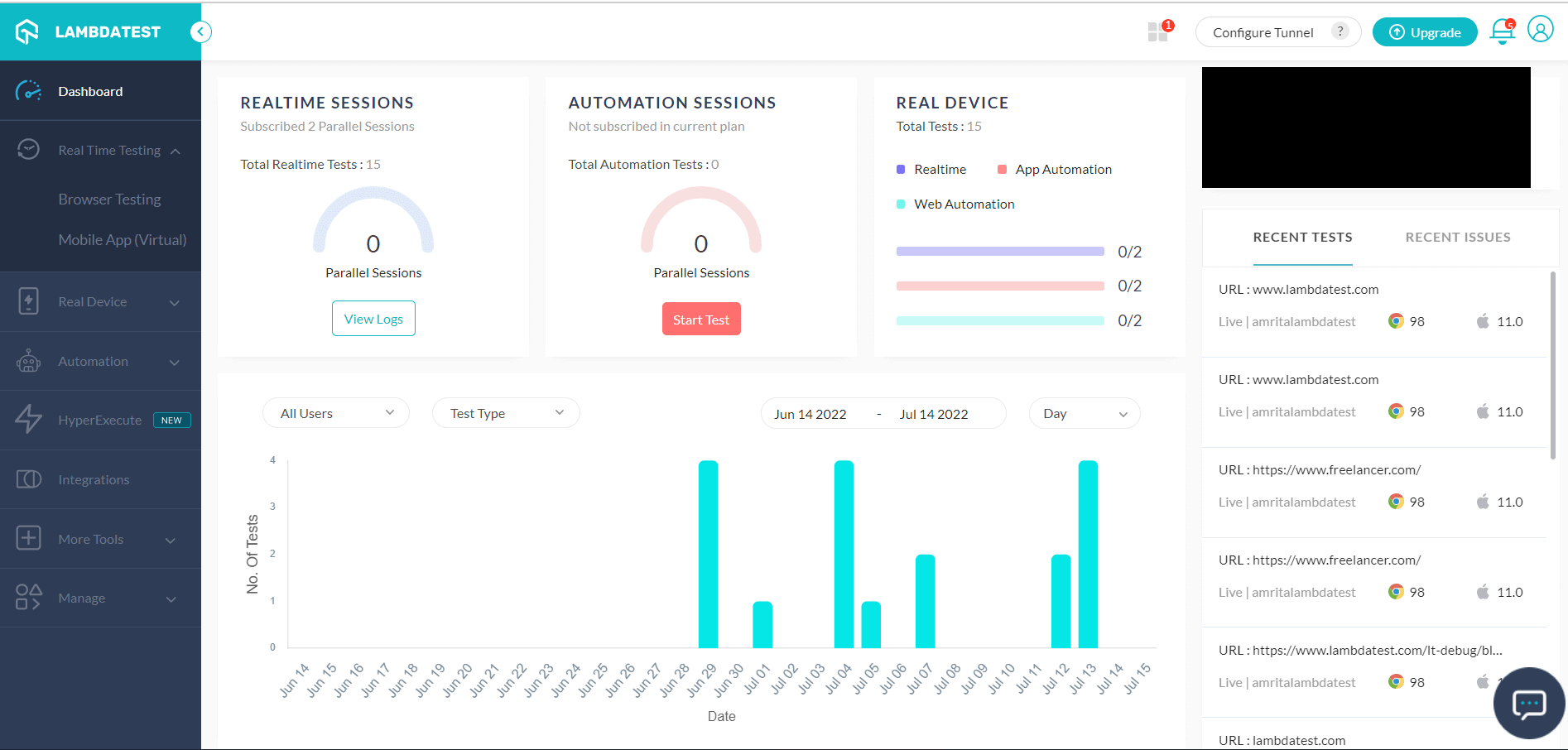
Step 3: Post entering the URL, select the VERSION, OS, RESOLUTION, and click START.
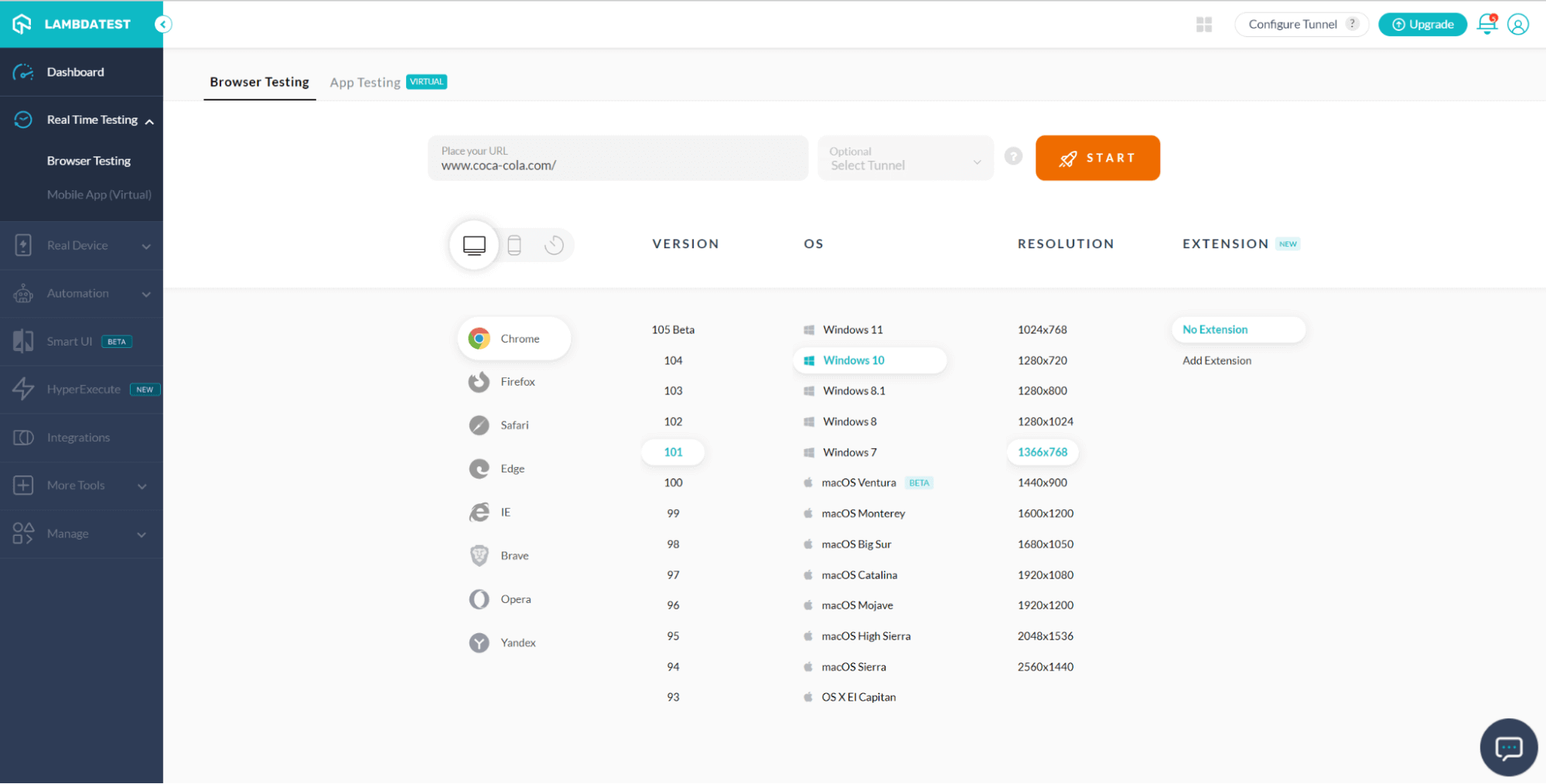
Step 4: Now you can see the launched website to perform Magento testing.

Utilize LambdaTest’s Real Time online browser testing feature to evaluate your websites’ compatibility with various browsers and OS systems to guarantee your customers the best experience possible.
Performing Automated Magento testing:
If you wish to run automated tests using the online Selenium Grid (as we did in the MFTF section), you can visit the Automation section to perform that.
Step 1: Click on the Automation tab on the left panel of the dashboard. The following option displays:
- Builds
- Test Archive
- Analytics
Choose the language or testing framework on the UI.
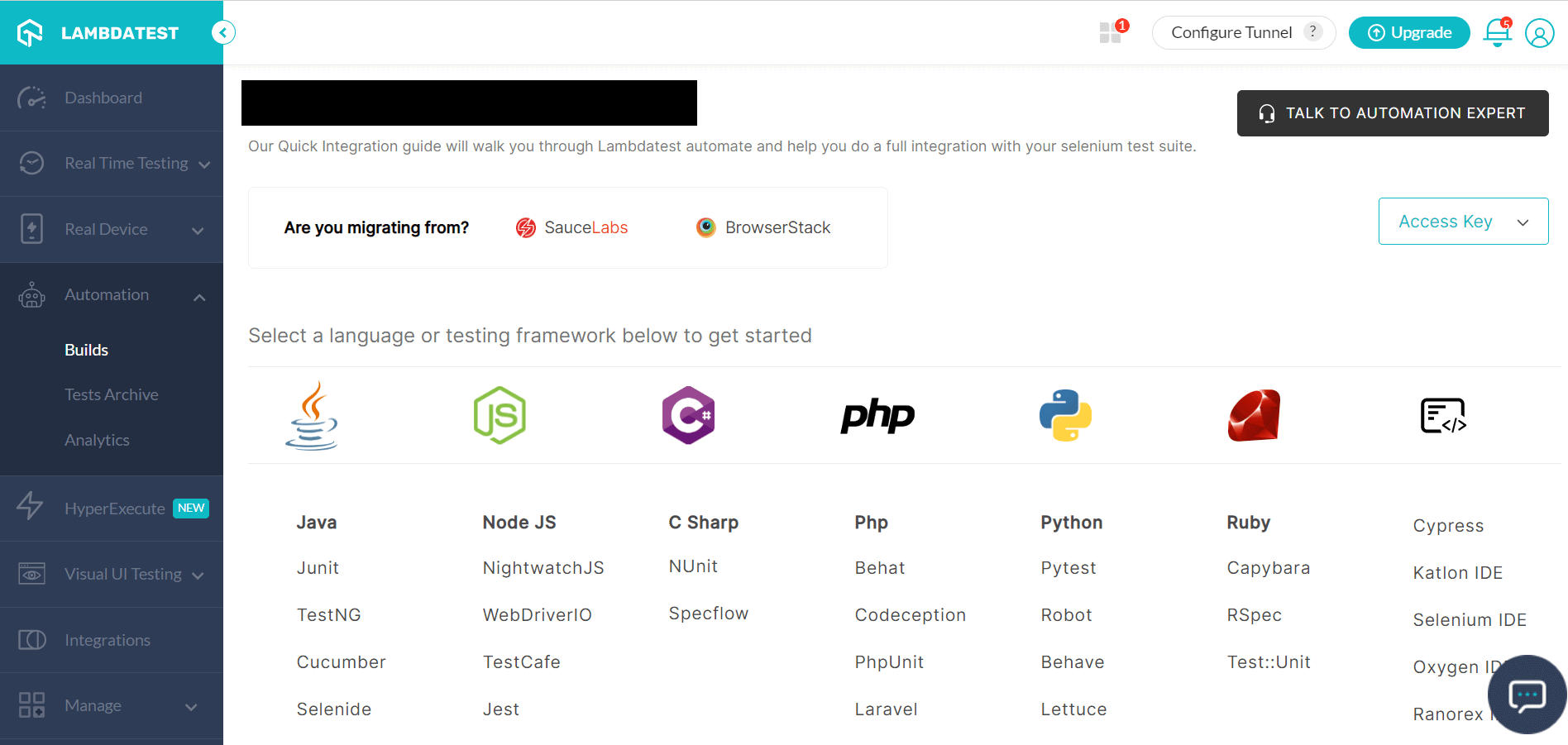
Step 2: When PHP is chosen as the language, the following page is displayed.
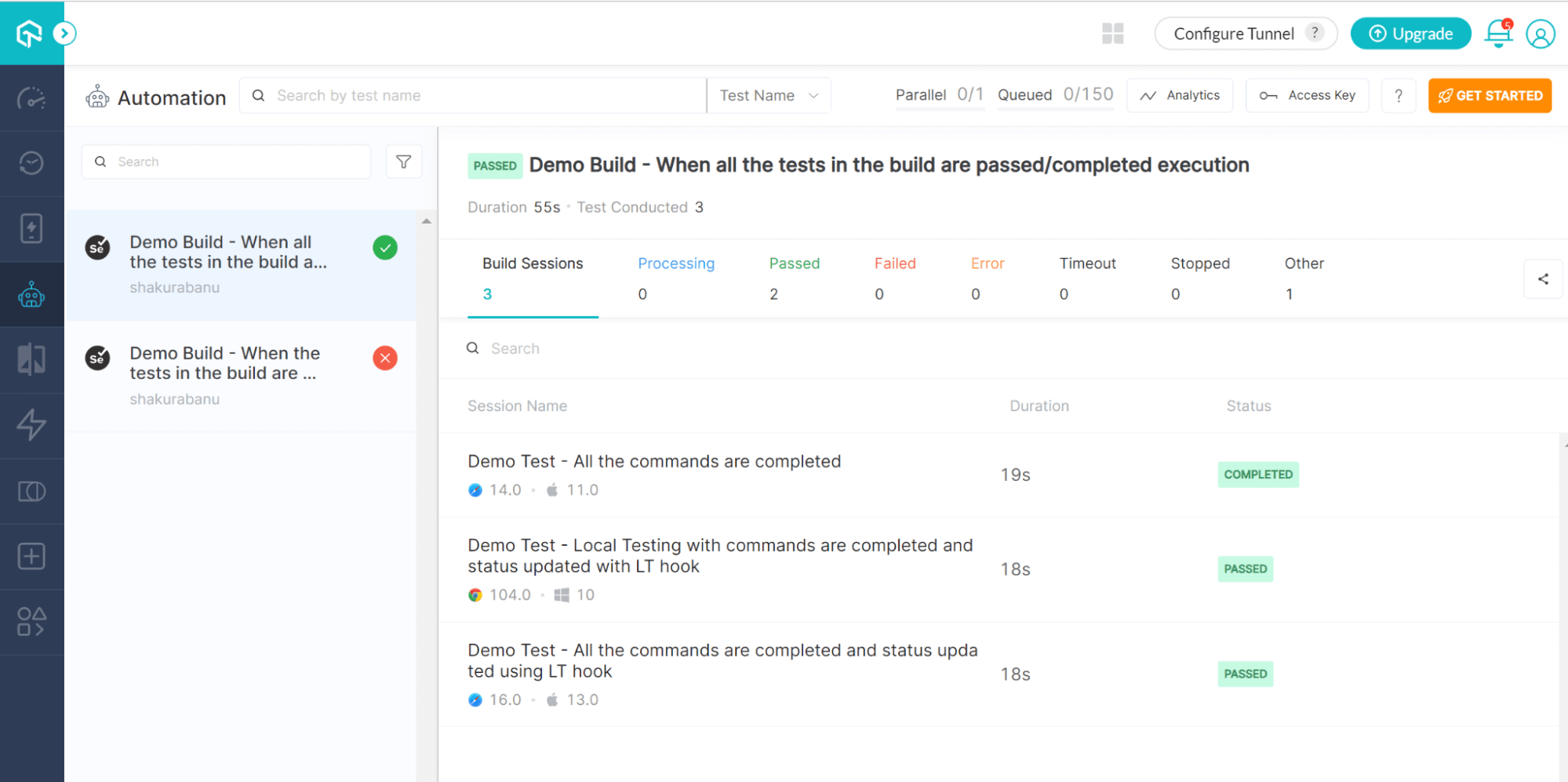
Step 3: Click the GET STARTED button at the right-hand corner of the page, and the next screen is displayed.
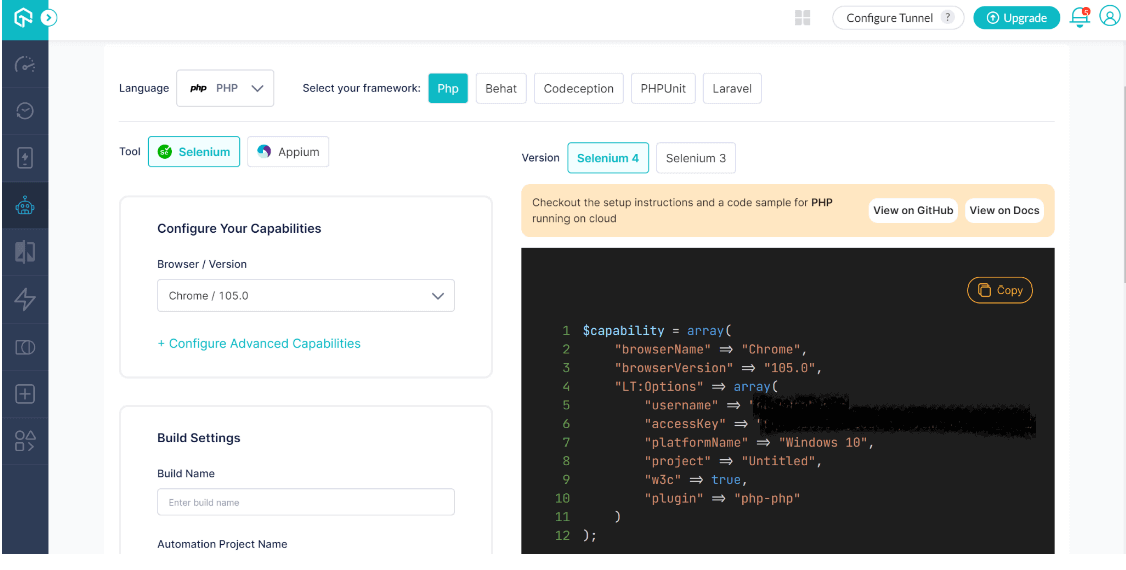
Step 4: You may run your test case by setting up the necessary information.
Conclusion
An eCommerce solution is a risky business to start with. The world has also witnessed high competition from businesses with high user demand. Small-sized, medium-sized, or enterprises have entered the online world in the post-covid era. As an eCommerce business owner in such a competitive market, we want our web app to be perfect and have better development and testing practices combined to make this application a successful project.
Walking on the same line of thought, we discussed the eCommerce CMS platform Magento, which provides the developers with a foundational structure with eCommerce-specific components. And mainly, we are looking for an option to help test these components. Since each of these modules performs one or multiple functions, the perfect testing thing to do here is functional testing.
Functional testing of a Magento application can be performed manually and automatically. In this blog on Magento testing, we discussed both methods. With these options, it is up to you to decide which one suits your needs and requirements best. Let us know your thoughts in the comment section. Thank you for giving this blog your valuable time.
Frequently Asked Questions (FAQs)
What is Magento in testing?
Tests are conducted from the user’s viewpoint, and Magento is treated as a “black box.” The Magento Functional Testing Framework (MFTF) is the primary method for conducting functional testing. To do browser testing, it makes use of XML files. The first testing framework for Magento was the Functional Testing Framework (FTF).
What is Magento eCommerce?
Magento is an Adobe-owned e-commerce website platform that focuses on building e-commerce websites. Users of Magento have access to hundreds of special features that enable them to communicate with and sell their products to clients.
Is Magento a CRM?
Magento is a CRM platform that gives you insights into customer behavior to take your marketing to the next level and make extra sales.
Got Questions? Drop them on LambdaTest Community. Visit now













